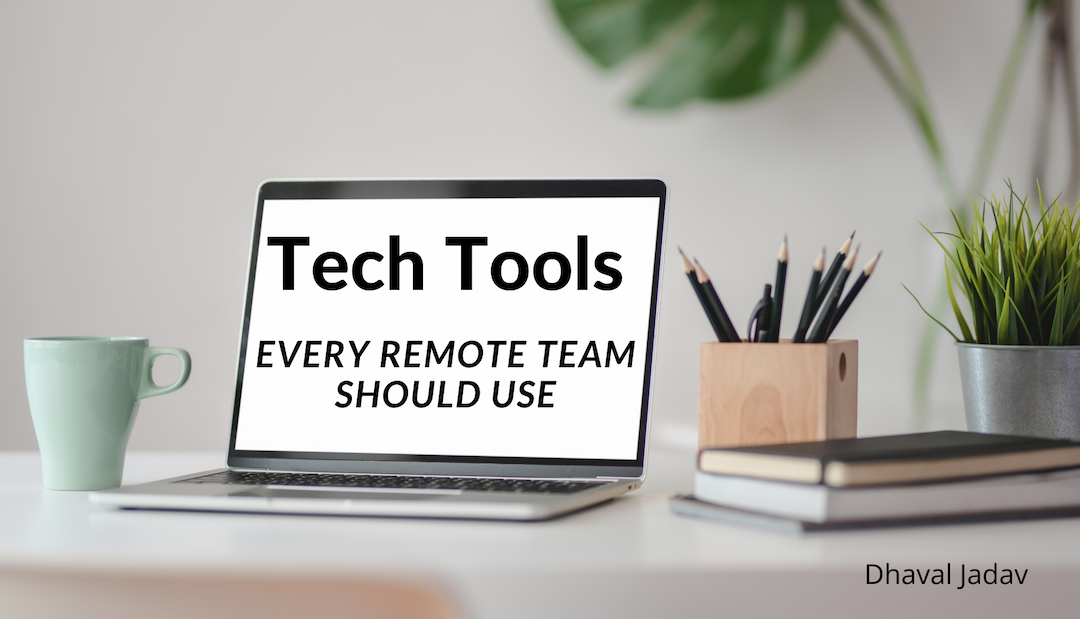Collaboration and Communications
Staying in contact and sharing information has always been a major part of success. Sharing ideas not just in the office, but between team members across the world through email, chat, phone calls, and now real-time multimedia is key.
For remote teams–whether you’re trying to stay agile by working abroad, hiring teams from across the world, or staying home during a crisis–there are quite a few tools that are changing the way the world manages work.
Apps such as Slack and Discord make it easy to chat, send images and video, share ideas, or simply hang out. Instead of sending static pictures to email addresses, these apps allow users to post to slack chat rooms, groups, or 1-on-1 messaging.
Control varies depending on the service and configuration. Slack is mostly for in-house business use, and can be controlled enough to give some privacy to specific teams and members while always keeping leadership in the loop.
Performance Management
Does your business have an easy way to keep track of who is doing what, where they are on different projects, and how it all comes together? Whiteboards are fun for people who want a physical drawing board, but in the digital age there’s productivity trackers.
Trello is an option that gives multiple boards for teams, and the boards can be customized to share links between each other. Is a task needed from one team for another team’s project? The required project and members can be linked in a way that makes sense to your team.
Teamweek is a tool that looks like a calendar for tasks. With running lists, color-coded options, and easy labeling, there are multiple ways to see the big picture of your project.
Data Management and Sharing
Google Drive represents the end of the old internet locker concept and the beginning of big, collaborative file sharing and collaboration. Along with tools such as Dropbox, these new collaborative storage systems can keep track of your files and help you share easily.
Google Drive is also connected to the many other G-Suite tools, allowing apps to run and files to update entirely within Google’s systems for you.
If you’re looking for something outside of the Google family of products, and if Dropbox isn’t to your liking, Microsoft’s OneDrive and Canto DAM provide similar options without being tied to larger systems.
Always be cognizant of which tools are owned by which companies. Many tools may be powered by larger company tools such as Microsoft, Google, or Amazon systems. If you’re trying to stay away from large systems, make sure to check the dependencies.
For more details on tools for remote teams, contact a remote collaboration expert.

